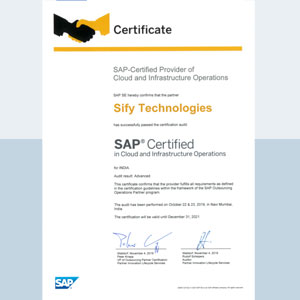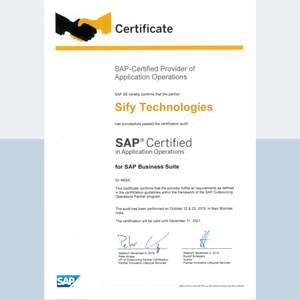Data center service providers in India: Empowering growth through robust connectivity and security solutions
Companies today increasingly recognize the importance of partnering with reliable data center service providers to augment their operational efficiency and security.
Unlocking Growth in India for European Businesses
As the world becomes more connected, the appeal of expanding into emerging markets is stronger than ever for European businesses.
Navigating India’s IP Transit Landscape
The ability to provide seamless connectivity across borders is not just a competitive advantage but a necessity.
How IT Infrastructure Automation and Monitoring Can Revolutionise Your Nonprofit
IT Infrastructure Automation and Intelligent Monitoring; this is not a subject that most know too deeply about or may even recognise the level of importance it may have in any given organisation.
A Comprehensive Guide to Hybrid/Multi Cloud Adoption and Management
Hybrid/multi cloud environments are at the forefront of enabling flexible, scalable, and customized software-defined and managed infrastructure solutions.
What is an Edge Data Center? Characteristics, Types, and Benefits
Sify’s data centers have become the First in India to Achieve NVIDIA DGX-Ready Data Center Certification for Liquid Cooling
What is Digital Transformation? Navigating the future of business
In the digital age, businesses must innovate, adapt, and transform to stay ahead. Digital transformation is the key to unlocking new growth and maintaining competitiveness.
What is Hybrid Cloud? How It Works, Benefits & Use Cases
Today’s dynamic business operations demand that IT infrastructure be as flexible as possible to meet myriad needs. This is where hybrid cloud computing takes centerstage
Scaling and Modernising IT for Nonprofits: Key Strategies for Success
Charitable organisations must keep up with technological advancements to remain effective and efficient. Modernising and scaling legacy IT infrastructure and web applications can seem daunting, but it’s essential for improving operations, enhancing security, and better serving your community.
What is Application Modernization?
In today’s fast-paced market enterprises must evolve to stay competitive. Many enterprises today struggle with outdated legacy systems and architectures that impact their ability to harness the latest technological advancements.



























































